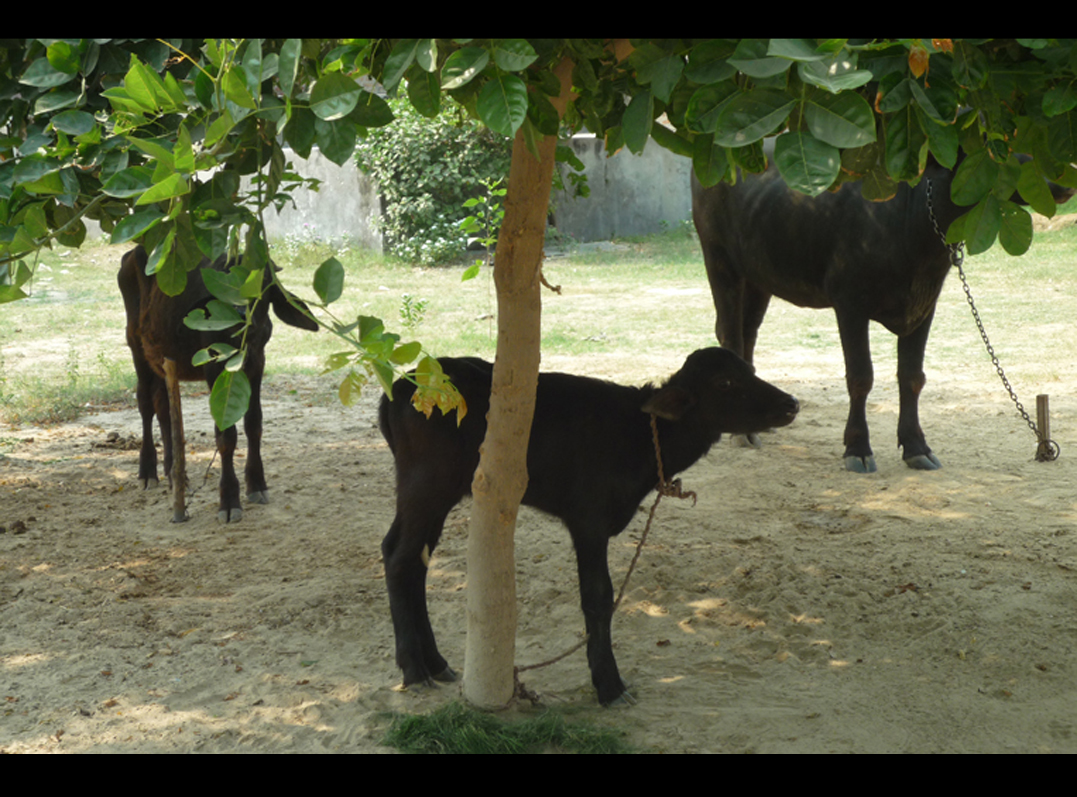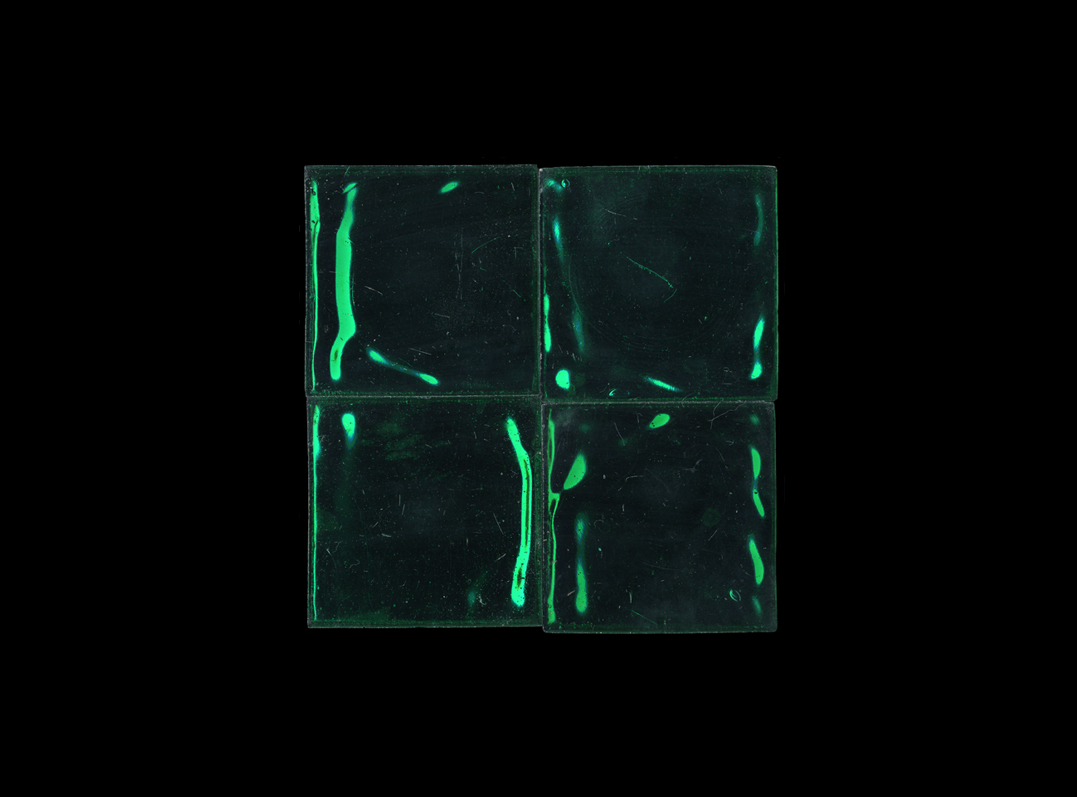
Our glass tiles are made in India in more or less primitive kilns, which gives them that imperfect and irregular appearance
that we like. The work of machines has not yet replaced that of men.
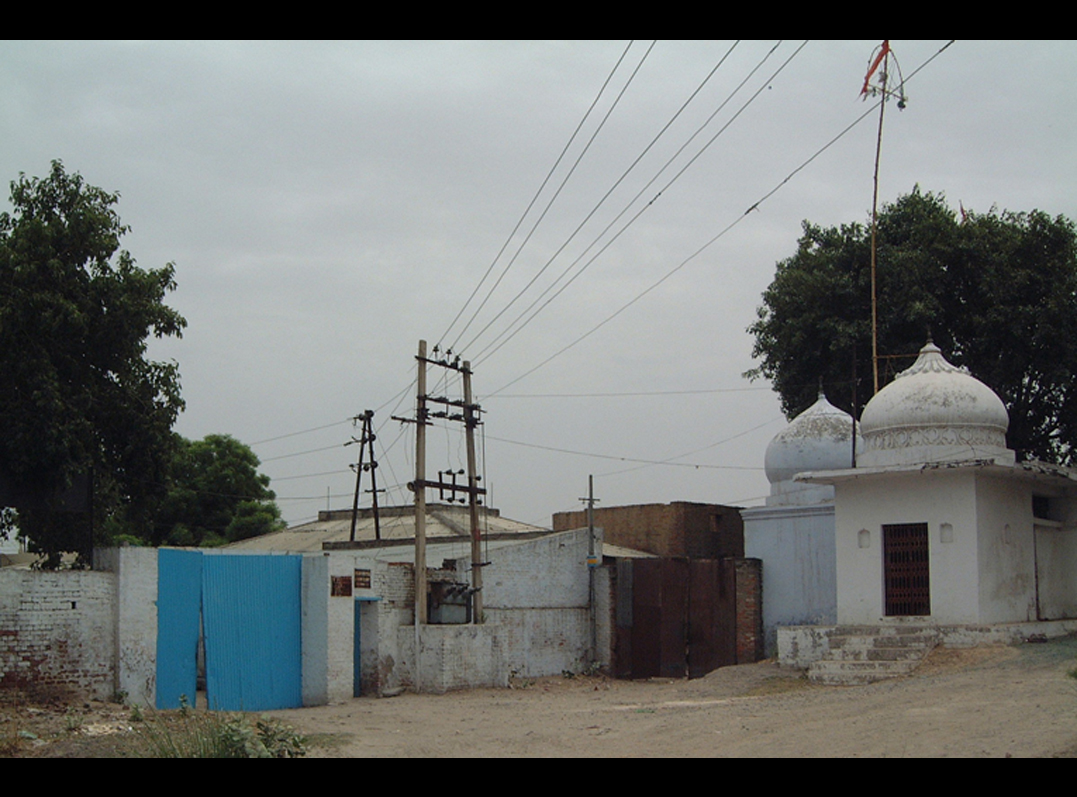
Our glass tiles are molten glass pastes individually poured into molds.
Unlike industrial flat glasses which have undergone specific heat treatments to guarantee their stability,
the method of manufacturing glass pastes means that they retain internal tensions which can cause
cracks sometimes called “hairlines.”
These cracks most often remain internal and do not fundamentally affect the strength or aesthetics of these tiles.
They are a sign of their artisanal nature. These cracks very rarely occur before placement.
After placement, the mortars, cement mortars and glues usually used for laying tiles,
by shrinking upon drying, these internal tensions can be awakened and these cracks can appear.
They in no way affect the solidity of the tiles laid and are part of the nature of these artisanal glass pastes.
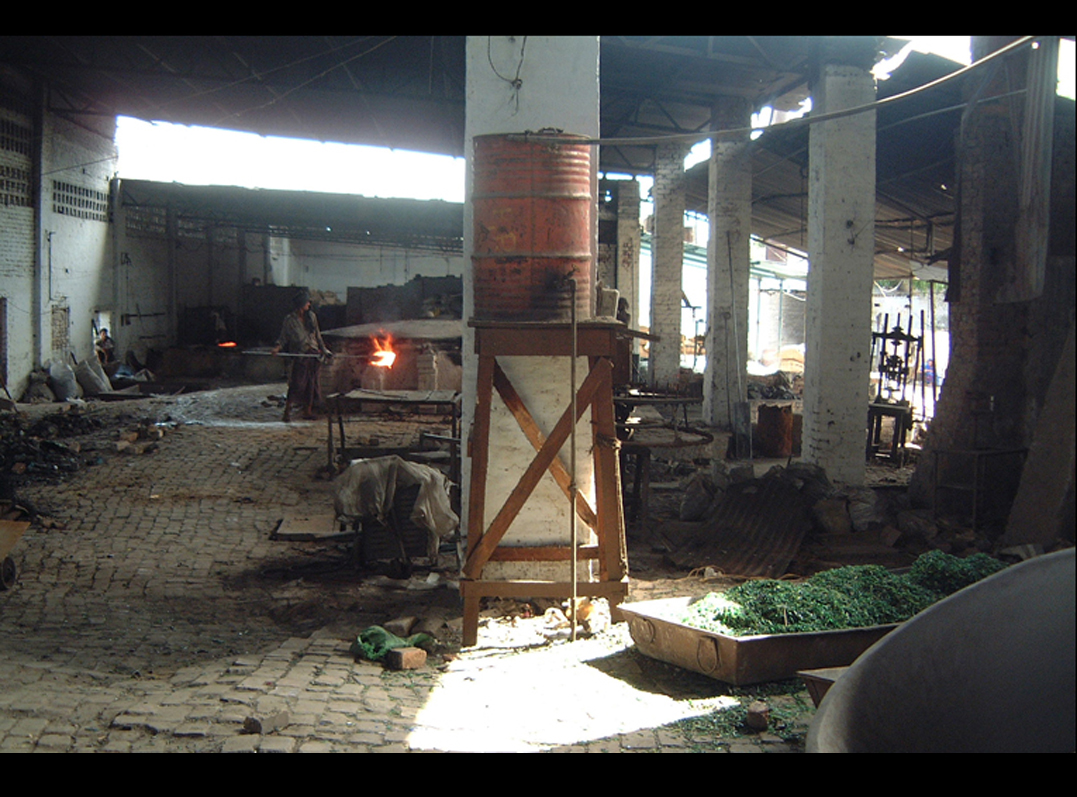
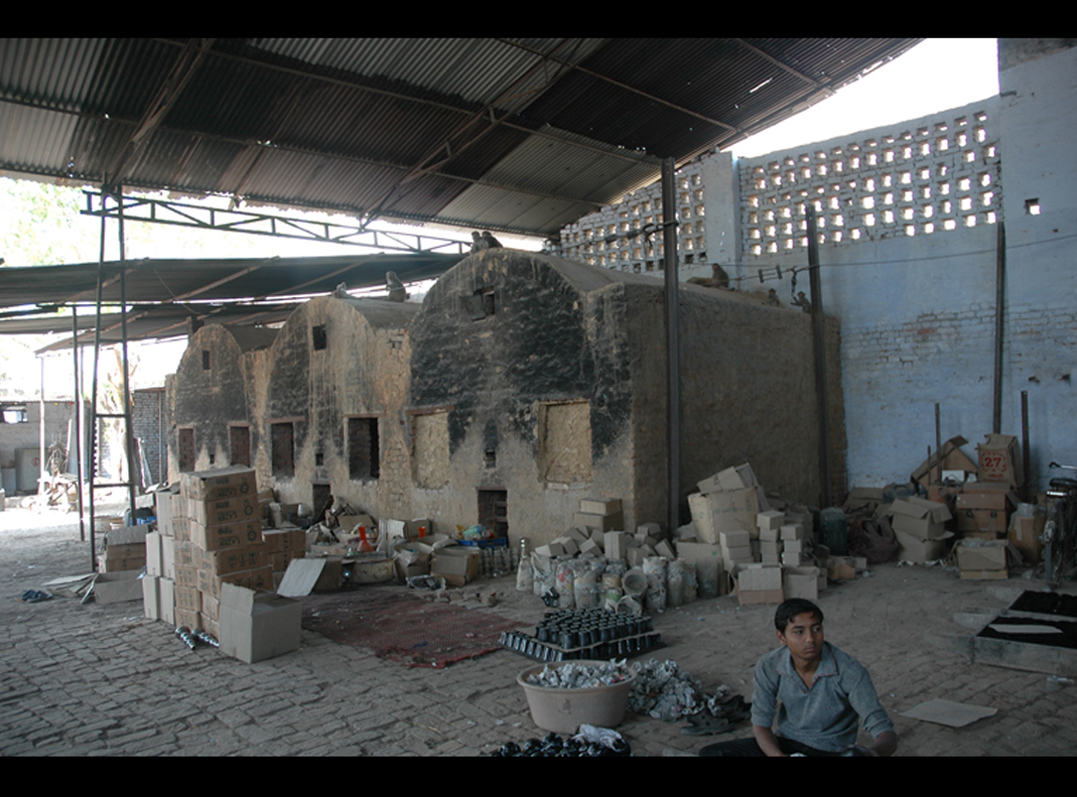
Our glass tiles are handmade in India in kilns more or less primitive, which give them this imperfect and irregular aspect that we like. The work of machines has not yet replaced that of men. And the balance between it and nature is probably as difficult as anywhere else. But nature is more present there where the farm is just behind the factory, than in our industrial zones.
